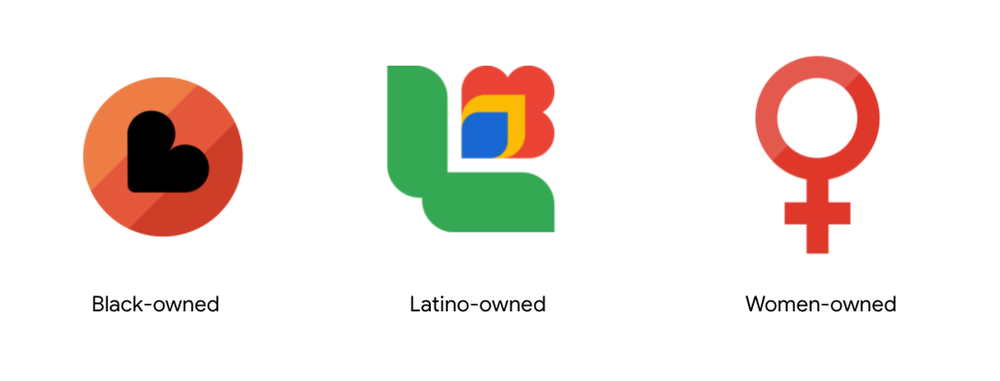Last year, we introduced new ways to support Black-owned publishers in Display & Video 360’s Marketplace. We’ve heard from marketers that they also want to invest in publishers owned by members of other historically underrepresented communities. So we’ve added Latino- and Women-owned publishers attributes in Display & Video 360's Marketplace for U.S. advertisers.
When accessing Marketplace, you can find inventory packages with attributes that feature inventory from Latino- and Women-owned publishers. We use those same attributes to make it easier to discover publishers owned by individuals from these communities, so you can add these properties to your media plans. Working in coordination with our Display & Video 360 exchange partners — Google Ad Manager, BidSwitch, GumGum, Kargo, Magnite, TripleLift, Xandr, Yahoo and Yieldmo — these publishers have self-identified as being part of these communities and have opted to participate in this program.
As always, Display & Video 360 doesn’t allow advertisers to personalize ads based on categories such as race, religion, ethnicity or sexual orientation — and this program doesn’t change that.

Agency partners are already finding success using Marketplace to discover new publishers. “Online media is primarily funded by advertising, so investing in a more diverse set of voices ensures their thoughts continue to be shared, heard and supported,” says Mary Kotara, a media consultant at Adswerve. “We’ve seen many of our partners continue to run campaigns month after month on Black-, Latino- and Women-owned publishers. The more advertisers spend their budgets more responsibly, the more publishers owned by members of underrepresented communities can become more visible.”